Jeff Druce
Brittle AI, Causal Confusion, and Bad Mental Models: Challenges and Successes in the XAI Program
Jun 10, 2021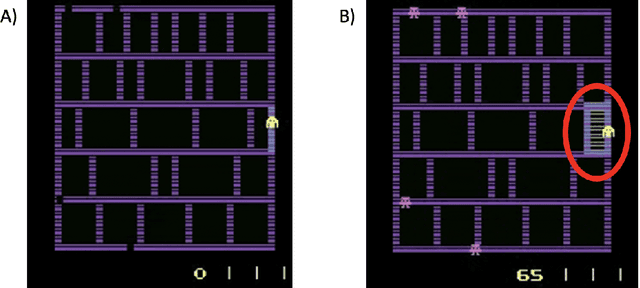
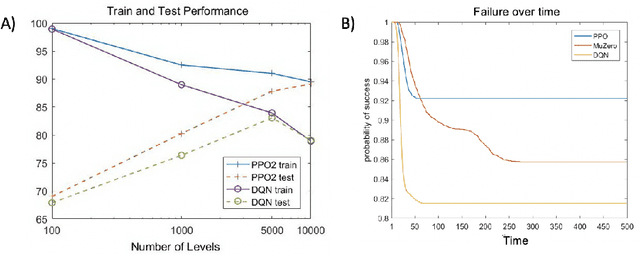
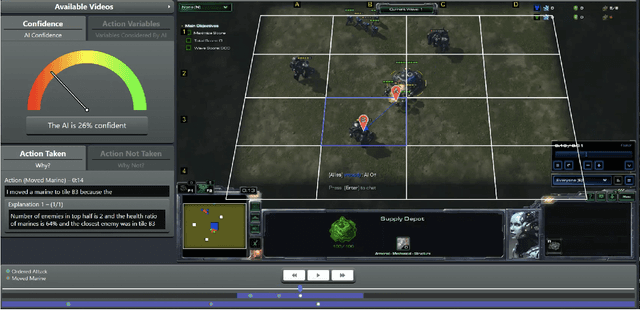

Abstract:The advances in artificial intelligence enabled by deep learning architectures are undeniable. In several cases, deep neural network driven models have surpassed human level performance in benchmark autonomy tasks. The underlying policies for these agents, however, are not easily interpretable. In fact, given their underlying deep models, it is impossible to directly understand the mapping from observations to actions for any reasonably complex agent. Producing this supporting technology to "open the black box" of these AI systems, while not sacrificing performance, was the fundamental goal of the DARPA XAI program. In our journey through this program, we have several "big picture" takeaways: 1) Explanations need to be highly tailored to their scenario; 2) many seemingly high performing RL agents are extremely brittle and are not amendable to explanation; 3) causal models allow for rich explanations, but how to present them isn't always straightforward; and 4) human subjects conjure fantastically wrong mental models for AIs, and these models are often hard to break. This paper discusses the origins of these takeaways, provides amplifying information, and suggestions for future work.
Explainable Artificial Intelligence for Increasing User Trust in Deep Reinforcement Learning Driven Autonomous Systems
Jun 07, 2021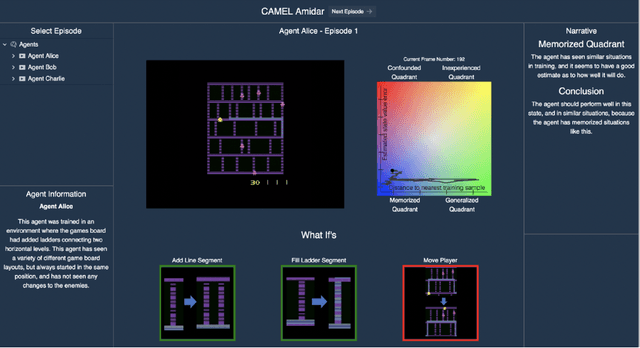
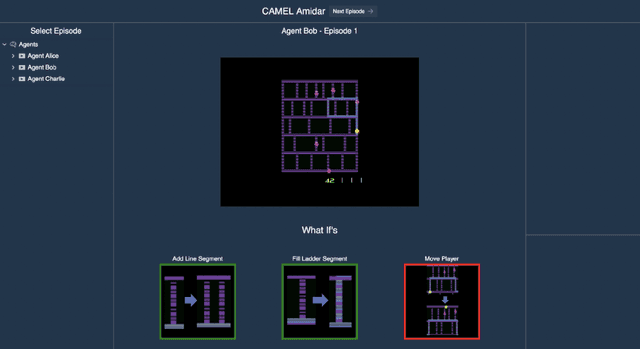
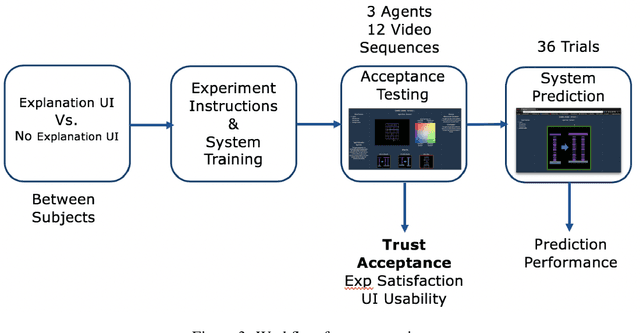
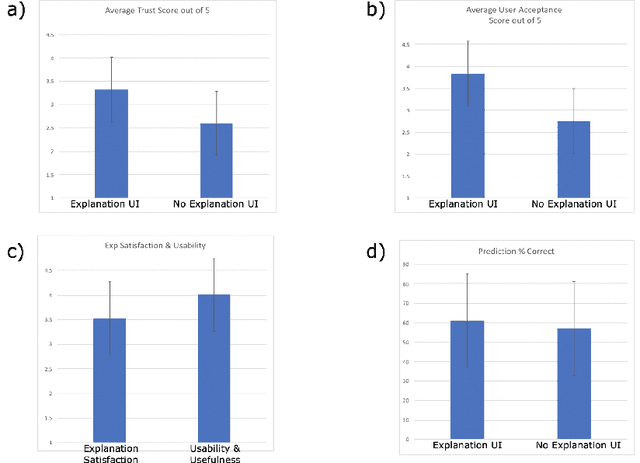
Abstract:We consider the problem of providing users of deep Reinforcement Learning (RL) based systems with a better understanding of when their output can be trusted. We offer an explainable artificial intelligence (XAI) framework that provides a three-fold explanation: a graphical depiction of the systems generalization and performance in the current game state, how well the agent would play in semantically similar environments, and a narrative explanation of what the graphical information implies. We created a user-interface for our XAI framework and evaluated its efficacy via a human-user experiment. The results demonstrate a statistically significant increase in user trust and acceptance of the AI system with explanation, versus the AI system without explanation.
Improving the Performance of Fine-Grain Image Classifiers via Generative Data Augmentation
Aug 12, 2020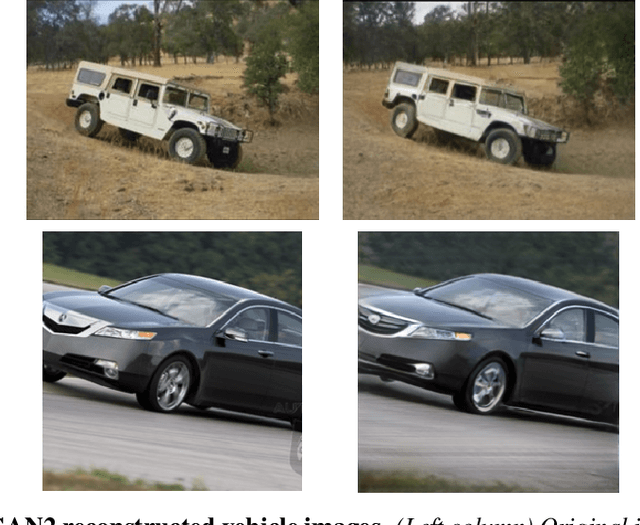

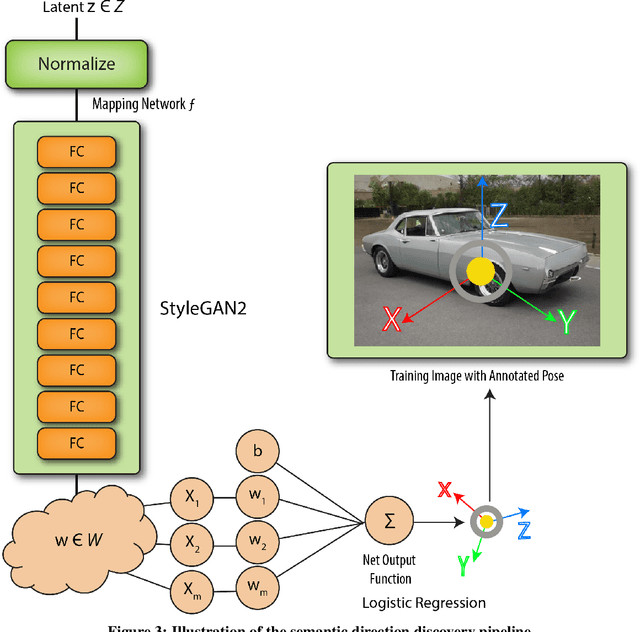

Abstract:Recent advances in machine learning (ML) and computer vision tools have enabled applications in a wide variety of arenas such as financial analytics, medical diagnostics, and even within the Department of Defense. However, their widespread implementation in real-world use cases poses several challenges: (1) many applications are highly specialized, and hence operate in a \emph{sparse data} domain; (2) ML tools are sensitive to their training sets and typically require cumbersome, labor-intensive data collection and data labelling processes; and (3) ML tools can be extremely "black box," offering users little to no insight into the decision-making process or how new data might affect prediction performance. To address these challenges, we have designed and developed Data Augmentation from Proficient Pre-Training of Robust Generative Adversarial Networks (DAPPER GAN), an ML analytics support tool that automatically generates novel views of training images in order to improve downstream classifier performance. DAPPER GAN leverages high-fidelity embeddings generated by a StyleGAN2 model (trained on the LSUN cars dataset) to create novel imagery for previously unseen classes. We experimentally evaluate this technique on the Stanford Cars dataset, demonstrating improved vehicle make and model classification accuracy and reduced requirements for real data using our GAN based data augmentation framework. The method's validity was supported through an analysis of classifier performance on both augmented and non-augmented datasets, achieving comparable or better accuracy with up to 30\% less real data across visually similar classes. To support this method, we developed a novel augmentation method that can manipulate semantically meaningful dimensions (e.g., orientation) of the target object in the embedding space.
Privacy preserving Neural Network Inference on Encrypted Data with GPUs
Nov 26, 2019
Abstract:Machine Learning as a Service (MLaaS) has become a growing trend in recent years and several such services are currently offered. MLaaS is essentially a set of services that provides machine learning tools and capabilities as part of cloud computing services. In these settings, the cloud has pre-trained models that are deployed and large computing capacity whereas the clients can use these models to make predictions without having to worry about maintaining the models and the service. However, the main concern with MLaaS is the privacy of the client's data. Although there have been several proposed approaches in the literature to run machine learning models on encrypted data, the performance is still far from being satisfactory for practical use. In this paper, we aim to accelerate the performance of running machine learning on encrypted data using combination of Fully Homomorphic Encryption (FHE), Convolutional Neural Networks (CNNs) and Graphics Processing Units (GPUs). We use a number of optimization techniques, and efficient GPU-based implementation to achieve high performance. We evaluate a CNN whose architecture is similar to AlexNet to classify homomorphically encrypted samples from the Cars Overhead With Context (COWC) dataset. To the best of our knowledge, it is the first time such a complex network and large dataset is evaluated on encrypted data. Our approach achieved reasonable classification accuracy of 95% for the COWC dataset. In terms of performance, our results show that we could achieve several thousands times speed up when we implement GPU-accelerated FHE operations on encrypted floating point numbers.
Causal Learning and Explanation of Deep Neural Networks via Autoencoded Activations
Feb 02, 2018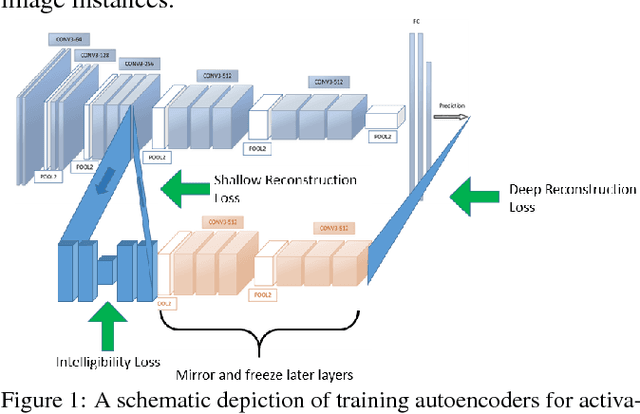
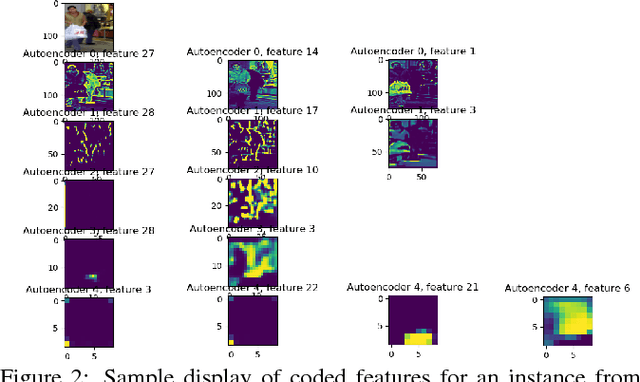

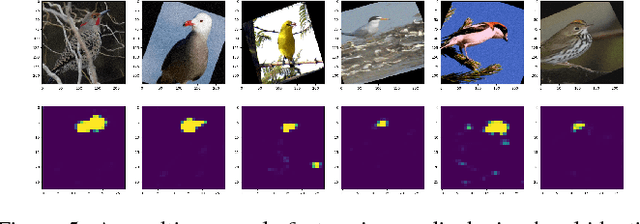
Abstract:Deep neural networks are complex and opaque. As they enter application in a variety of important and safety critical domains, users seek methods to explain their output predictions. We develop an approach to explaining deep neural networks by constructing causal models on salient concepts contained in a CNN. We develop methods to extract salient concepts throughout a target network by using autoencoders trained to extract human-understandable representations of network activations. We then build a bayesian causal model using these extracted concepts as variables in order to explain image classification. Finally, we use this causal model to identify and visualize features with significant causal influence on final classification.
 Add to Chrome
Add to Chrome Add to Firefox
Add to Firefox Add to Edge
Add to Edge